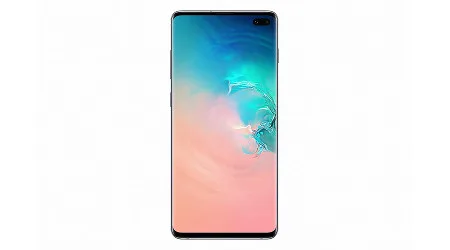Huawei P30 Pro review: Features | Pricing | Specifications
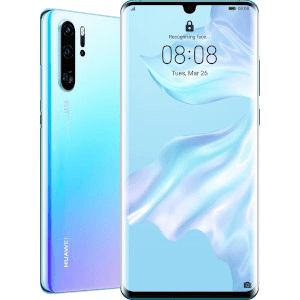
-
- Battery Score
4.5
- Camera Score
4.5
- Design Score
4
- Performance Score
4.5
- Battery Score
4.5
Summary
The Huawei P30 Pro's camera has to be seen to be believed, but it's not the only great thing about Huawei's latest flagship phone.
The good
- Astonishingly good camera.
- Hefty battery life.
- Kirin 980 performs well.
- Nice design.
The bad
- Custom storage format.
- Prone to fingerprints and scratches.
- No headphone jack.
- Poor video stabilisation.
- EMIU is still a messy UI.
Details
Pricing & Availability
| Launch price (RRP) | $1,599 |
| Launch date | 2019-03 |
While Huawei is fighting some serious battles in its network business, it's gone from strength to strength in the mobile handset market. The Huawei P30 Pro's primary pitch lies around its triple lens camera system, but this isn't a one-trick phone. With great battery life and some of the best performance we've seen out of any Android phone, this is rather easily your best current Android phone option.
Design
- Range of colour choices, but we only get two.
- Waterdrop notch.
- Quick in-glass fingerprint sensor.
- No headphone jack.
- Prone to fingerprint smudges and small scratches.
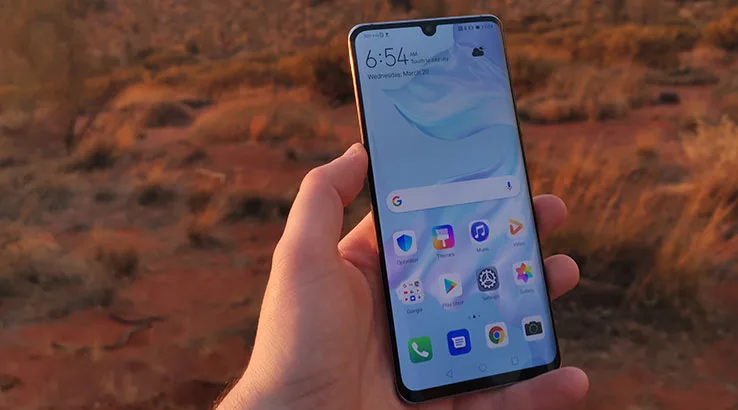
Camera
- Triple rear lenses.
- SuperSpectrum sensor gives great results.
- 10x zoom works well in good lighting.
- 50x zoom rarely satisfies.
- A great encouragement to play around with photos.
- Video quality isn't great.
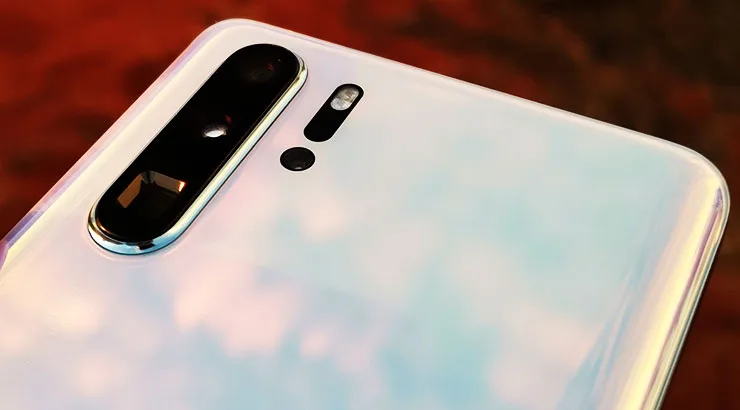
Performance
- Kirin 980 performs well.
- EMUI is still a poor launcher.
- Screen vibration is good for calls but not for music or video.
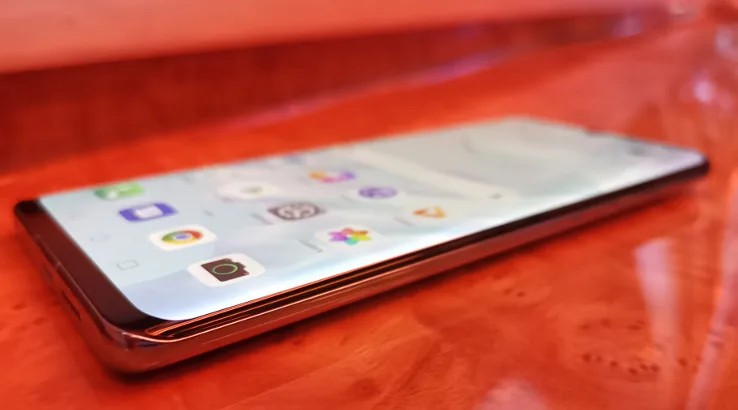
Battery life
- 4,200mAh battery delivers exceptional battery life.
- Battery optimisations are very aggressive.
- Fast wired or wireless charging.
- Reverse wireless charging is still a gimmick.
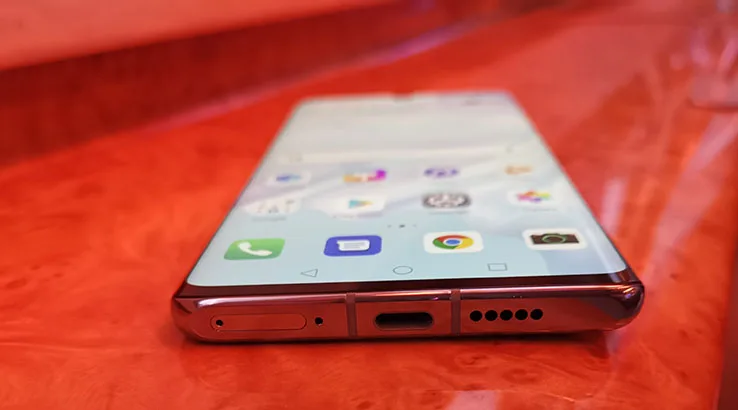
Verdict
- Huawei is leading the premium pack again.
- The phone for photo enthusiasts.
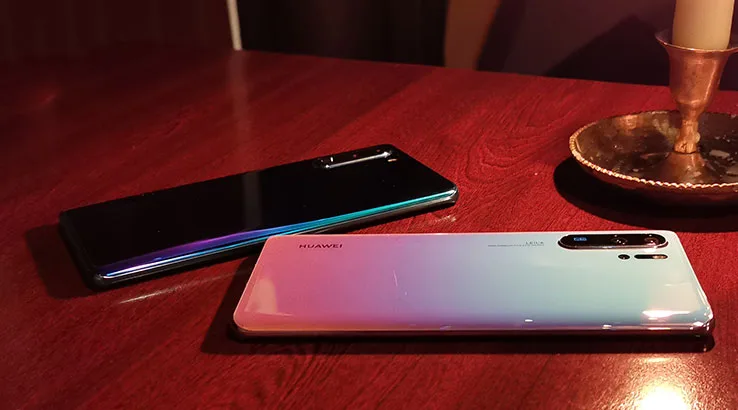
Pricing and availability
Compare Huawei P30 Pro plans
Back to topHuawei P30 Pro specifications
Display
Camera
Physical Dimensions
Connectivity
Power, storage and battery
Device features
Latest Huawei P30 Pro news

Everything announced at the Pixel 7 ‘Made By Google’ event
Google's got new Pixel 7 smartphones, the new Pixel Watch (finally!) and we even got a glimpse at Google's upcoming Pixel Tablet.
Read more…
Google Pixel 7: Australian specs, pricing and release date
The Google Pixel 7 and Pixel 7 Pro are about to launch in Australia; here's what you'll get and how much you'll pay for each phone.
Read more…
Google’s Pixel 7 event: What to expect and how to watch
Google will unveil its Pixel 7 and a smattering of other tech during an event early tomorrow morning.
Read more…
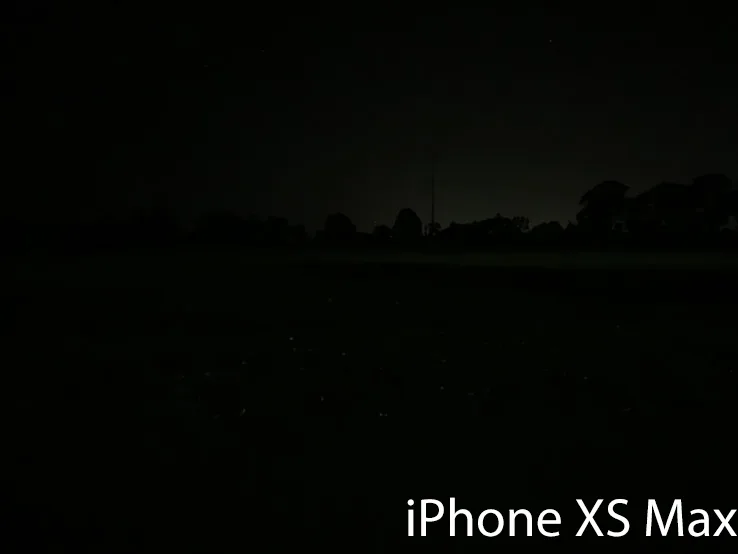
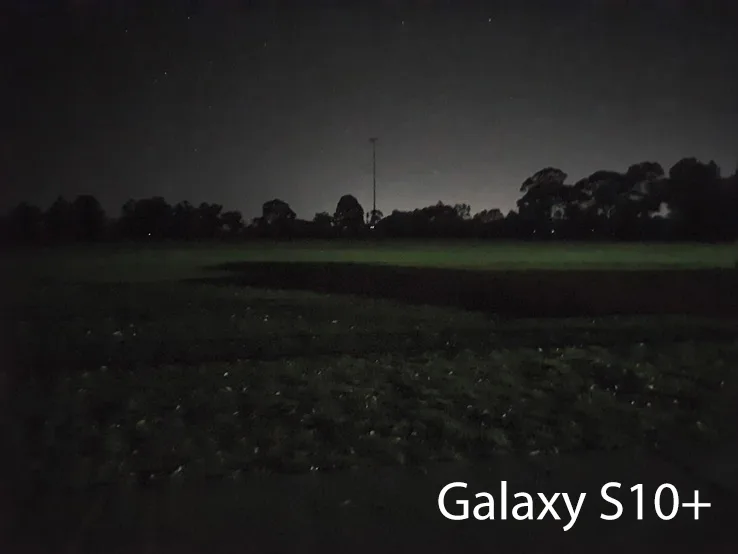
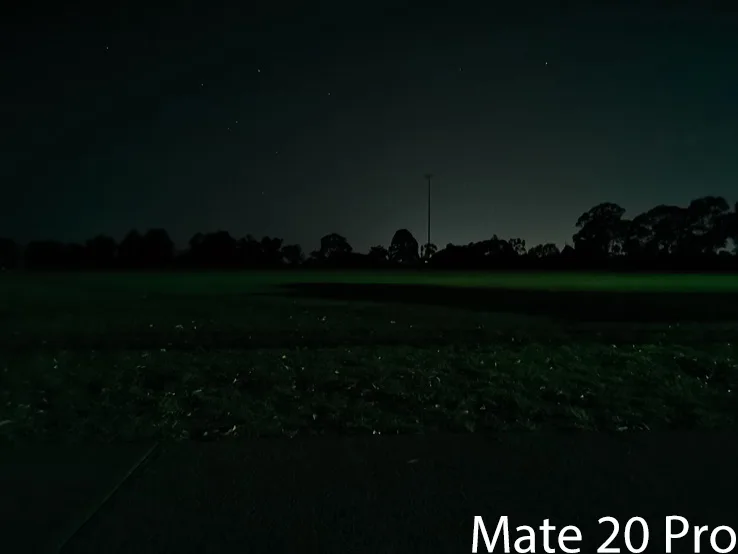
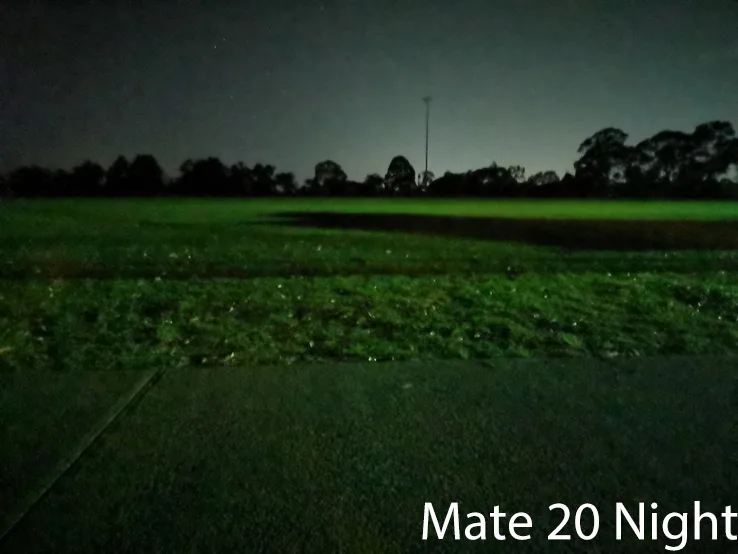
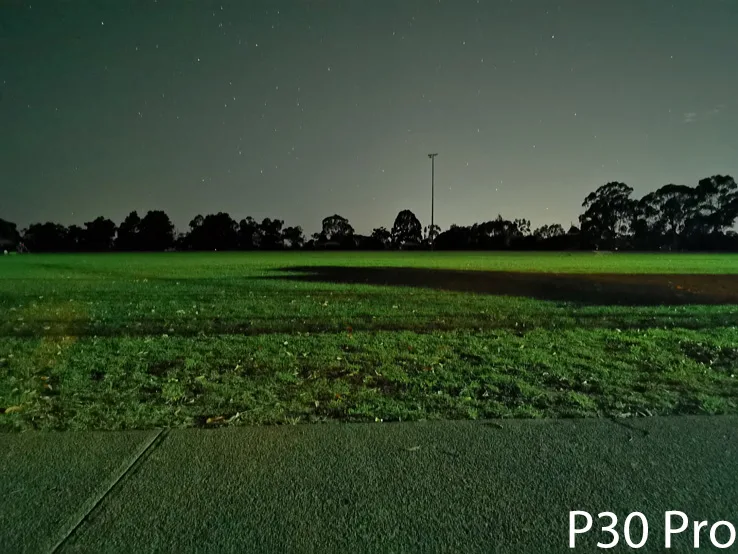
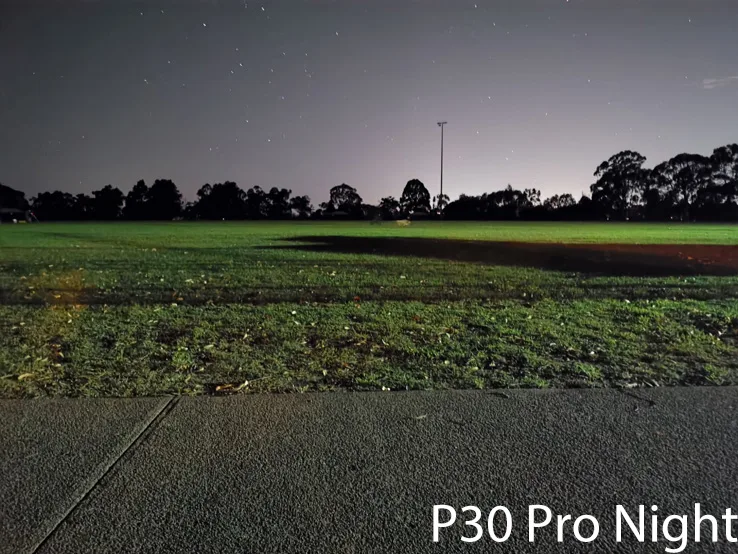 The light and detail in this shot are simply amazing, and it's not even pushing the P30 Pro to its highest 409,600 ISO setting. If you wanted to go Pro with this shot, you could get even more detail.
The light and detail in this shot are simply amazing, and it's not even pushing the P30 Pro to its highest 409,600 ISO setting. If you wanted to go Pro with this shot, you could get even more detail.
















